Comparison among Froebel, Montessori, Reggio Emilia and Waldorf-Steiner Methods – Part 2
Have you read the previous article that explains key characteristics and strengths of each educational philosophy? If not, you can read it from HERE.
If you did, please read on….
COMPARISON OF THE FOUR METHODS
Although all of Froebel, Montessori, Reggio Emilia and Waldorf-Steiner are well respected methods of early childhood education have similarities as well as differences that set each one apart from the other. All four of these philosophies are seen as alternatives to traditional education and are based on the ideal that children learn best in an environment where self-discovery and exploration are the norm. They all discourage rote memorization and traditional worksheet type activities in favor of hands-on activities that allow children to develop true understanding of a concept.
They also share the goal of improving society by allowing children to realize their full potential not only academically, but also cognitively, socially, intellectually and emotionally.
Some of the differences in these approaches are in regards to the role of the teacher. There are also differences in the approach to reading and writing instruction, as well as the physical environments, and the way that play is approached.
Spirituality
The Montessori Method is not affiliated with any particular religion, but it stresses that all religions should be respected. Morals such as kindness, joy, love and fundamental goodness are presented.
The Waldorf schools operate on a philosophy called anthroposophy, which is not a particular religion, but a set of spiritual beliefs that address questions of humanity, and addresses the need for artistic expression. It operates primarily out of a philosophy of freedom.
The Reggio Emilia approach is considered to be spiritually aware but not religious, while Froebel education has been described as mystical, as its founder Friedrich Froebel held deep religious beliefs.
Role of the Teacher
The role of the teacher differs slightly with each of the four preschool methods. In all of them, the teacher is not seen as the keeper of the knowledge, as is the case with some traditional schools, but their role is seen differently within each method.
In the Montessori schools, the teacher is seen as a guide, as is also the case in a Froebel school. In Waldorf schools, the teacher directs and in the Reggio Emilia schools, the teacher is seen as a co-collaborator. This is a simplified version of the teacher’s role, but it speaks clearly to the expectations.
In the Montessori, Froebel and Reggio classrooms, the materials that children use are prepared by the teachers, whereas they are prepared by students in a Waldorf classroom.
Montessori teachers work with multi-age classes. In a Waldorf room, the teacher stays with students throughout the primary years, where a three-year assignment is typical in a Reggio room.
Reading Instruction
Another major difference between the four philosophies is their views on reading and writing instruction. The Montessori schools supply children with sandpaper letters so that they can combine their tactile needs with their curiosity about reading and writing. Students in these schools often write before they read.
In the Waldorf Environment, children are exposed to language arts skills later than they are in other approaches. They do not read in preschool or kindergarten and reading is not taught until elementary. Stories are based on word literature, myths and legends. They feel that reading will come more naturally if it is not pushed, and is only taught very early if children express a desire. There is a stress on oral comprehension.
Reggio Emilia teachers do not systematically teach reading and writing. Emergent literacy is fostered by children recording and documenting their ideas in multiple ways. The environment is print-rich and phonemic awareness activities are introduced as children are deemed ready, but there is no formal reading instruction.
Froebel classrooms are centered on play-based discovery with no formal reading instruction occurring.
Play Based
All four of these methods believe that play is an important part if not the most important part of how a child learns. All of these systems have strong components of play-based education although they are approached slightly differently.
In a Montessori classroom, play is seen as the children’s’ work. Materials are selected and prepared in a purposeful manner, and children work on them in a purposeful manner as well. Materials are selected for growth in three main areas: practical life, language development and sensory education. Practical life activities are unique to this approach.
A Froebel classroom shares the ideals of its originator, Friedrich Froebel who originated the idea that children learn best through play. Play is seen as the avenue for discovery and understanding. These classrooms are more about open-ended play which is not seen as purposeful as much as a means for self-directed comprehension of how things work. Hands-on explorations are the hallmark of a Froebel classroom.
A Reggio Emilia classroom is looked at as a third teacher. The environment is carefully selected, and extremely important to the philosophy. The materials here are not designed solely for particular concepts, as they are in a Montessori classroom, but are often plucked from nature with the objective of exploration. Learning here is more project-based, and manipulatives are often natural.
Play in a Waldorf classroom stresses artistic expression. There is a great deal of imaginative play here. Activities include dress up games, storytelling, singing and music.
View of the Child
In the Reggio view, the child is seen as a rich and active learner. They are seen as competent beings that need to be connected to adults and other children.
In the Montessori Method, it is believed that children have a desire to take care of themselves and their surroundings and that adults should not “serve” children as it will ultimately hurt their self-esteem and growth.
A Waldorf philosophy focuses on children as active learners who should not be rushed through their developmental stages. They are seen as capable, active learners.
Froebel classrooms believe that younger children should be taught much differently than older children and that through play, they can develop intellectually, spiritually and socially. He believed that children should be protected from outside influences in a safe and nurturing environment.
Physical Environment
Other differences in the classrooms occur in the physical environment and set up of the space. All four of these methods believe in including child-friendly and developmentally appropriate materials, but the approach to classroom set up varies.
A Waldorf classroom has the goal of being an extension of the home . The colors are warm and homey and it is designed to feel like home to the children. The use of natural materials is also a hallmark.
A Montessori classroom is carefully prepared environment with child-sized furniture and materials. Order is an extremely important feature of these classrooms, with materials being limited to those which are deemed developmentally appropriate.
The environment is very carefully considered in a Reggio Emilia classroom where the environment serves as another teacher. Both the indoor and the outdoor spaces are carefully designed. Teachers want students to notice textures, color and design. There are spaces for large and small groups, as well as space for individual work.
Froebel spaces too are carefully designed as Froebel himself believed that children can be changed by the environment in which they are placed. He believed that the learning space should be growing and changing over time depending upon the wishes of the inhabitants.
Conclusion
All of the approaches mentioned represent ideal settings for children where they can be free to achieve their full potential. The spirit of exploration and self-discovery are prevalent in all of these methods, which are considered alternatives to traditional schools. Although they differ in some ways, they are all concerned with teaching the whole child in a wholesome atmosphere where individual needs are considered and celebrated.
Parents who are considering one, any or all of these schools for their young children are wise to consider which setting would be the best one for their child, as no two of them are alike! Parental involvement is key, and several visits to each of these settings should give you a good feel for which philosophy best meets the needs of your family, and where your child would feel most comfortable.
The play-based methods that are addressed by each of these wonderful programs celebrate the innocence, imagination and inquisitive natures that are characteristic of young children.

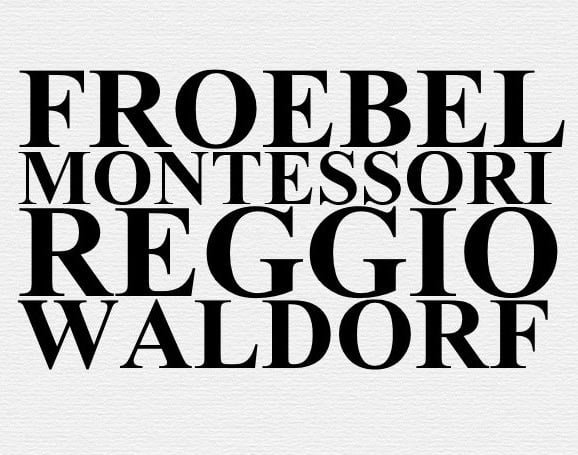
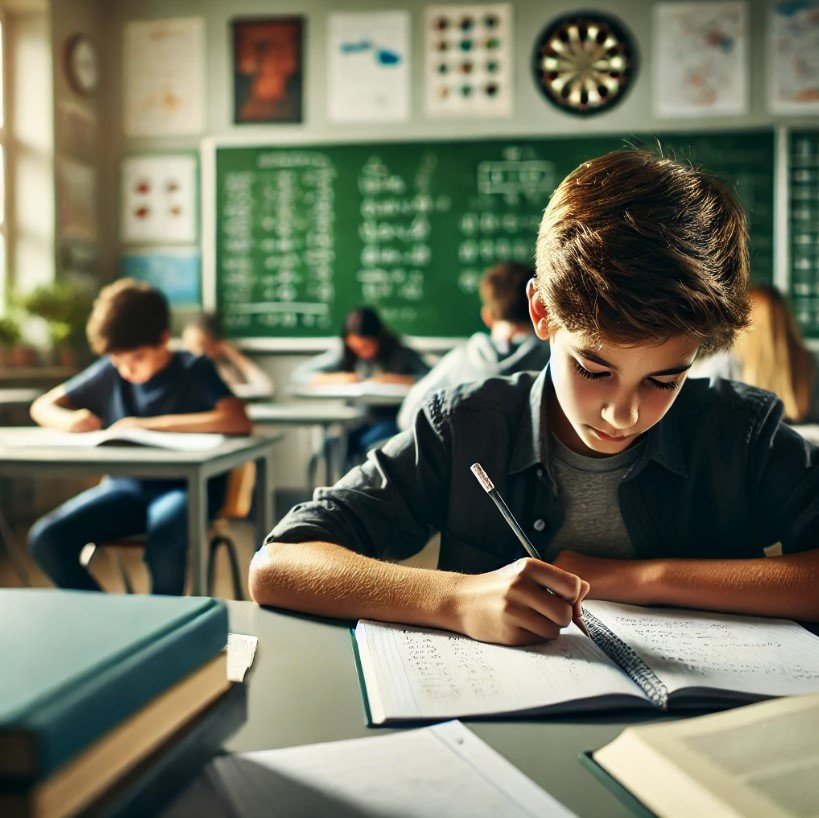
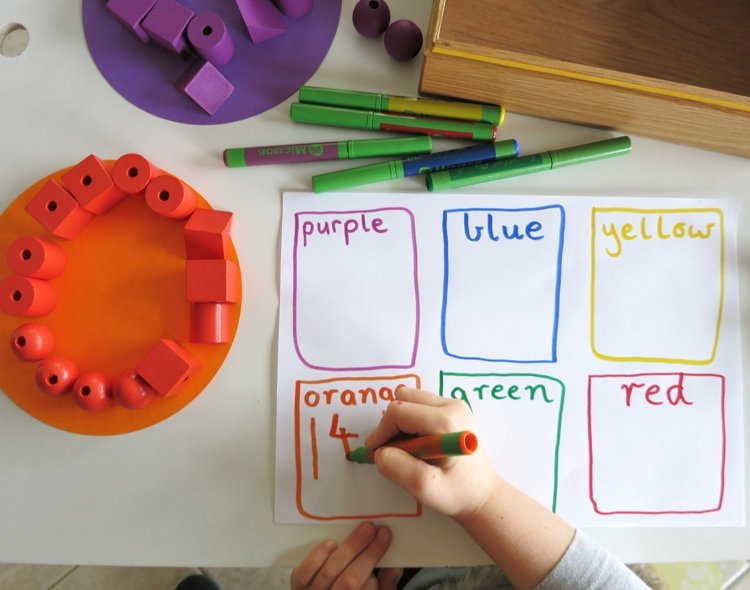



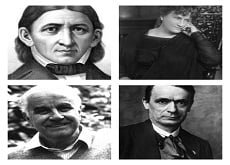

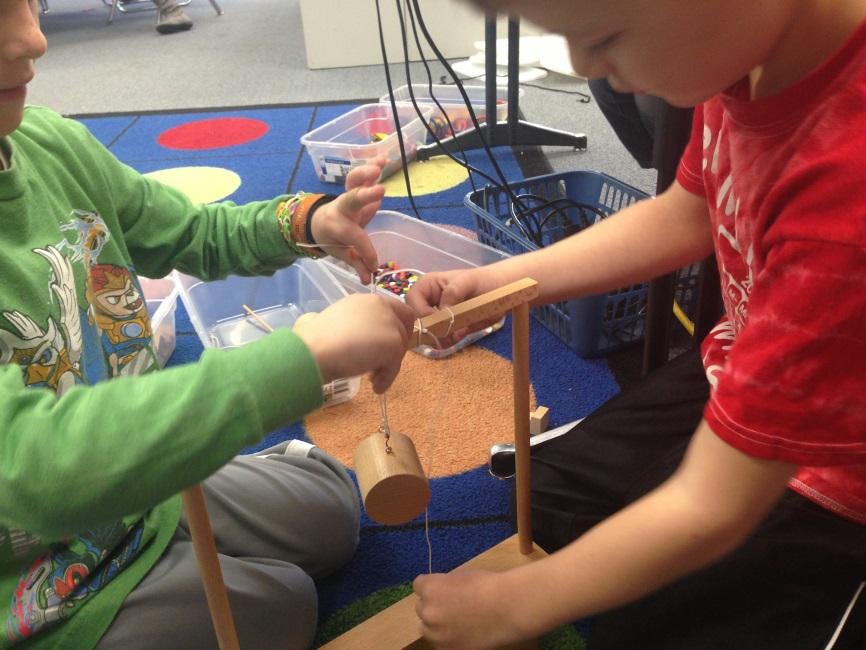



Comment (1)
Thank you for your elaboration of these methods. You description of the Montessori “View of the Child” is not precise. Guides or adults are in fact called to serve the spirit of the child, but not his body. Some argue that serving the spirit is one of the primary tasks. Montessori herself describes these elements as the role of the adult. The child’s discovery of his or her own “cosmic task” is dependent on the physical and psychic development, which proceed based on what the child is born with (human tendencies, Inner Teacher or guiding instincts) and the preparation of the environment with a knowledgeable and loving adult/Guide who can observe the child to know precisely what aids will stimulate him further on his unique developmental path. Thus, the child is viewed as fundamentally good, made perfect with a plan for his own development that can be obstructed by adults. The level of obstructions in the child’s environment determine whether the child is “normalized” (developing optimally) or “deviated” (proceeding on a different than optimal developmental path).